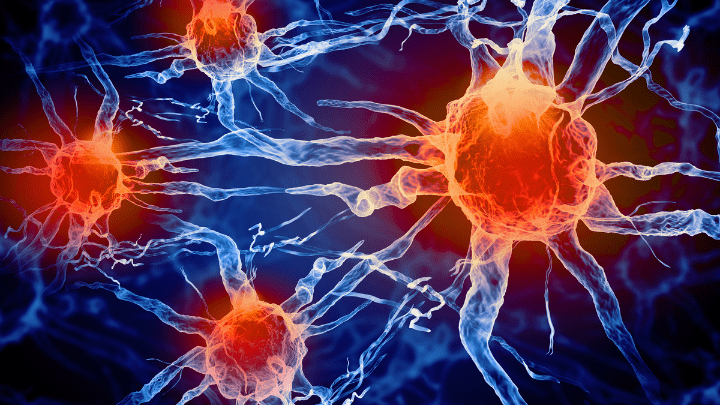Development and Characterization of An Injury-free Model of Functional Pain in Rats by Exposure to Red Light
Study Overview
Description: The study developed and characterized a novel, injury-free rat model of functional pain.
Source: PubMed
Summary
- The study developed and characterized a novel, injury-free rat model of functional pain.
- Rats were exposed to red light-emitting diodes (RLED) to induce nociceptive sensitization.
- RLED exposure resulted in time- and dose-dependent thermal hyperalgesia and mechanical allodynia in both male and female rats.
- Females showed an earlier onset of mechanical allodynia than males.
- The pronociceptive effects of RLED were mediated through the visual system.
- Medications commonly used for widespread pain reversed RLED-induced hyperalgesia and allodynia.
- Increased descending facilitation in the pain pathway was implicated.
Participants
- Sprague-Dawley rats (both male and female)
Intervention
- Exposure to red light-emitting diodes (RLED) (660 nm) at an intensity of 50 Lux for 8 hours daily for 5 days.
Methods
- Rats were exposed to RLED.
- Thermal hyperalgesia and mechanical allodynia were assessed.
- Effects of various medications (gabapentin, tricyclic antidepressants, serotonin/norepinephrine reuptake inhibitors, nonsteroidal anti-inflammatory drugs, acetaminophen) were tested.
- Bicuculline (GABA-A receptor antagonist) was administered into the rostral ventromedial medulla.
- Replication study conducted with randomization, investigator blinding, inclusion of all data, and high levels of statistical rigor.
Conclusion
- RLED-induced thermal hyperalgesia and mechanical allodynia without injury offers a novel injury-free rodent model useful for the study of functional pain syndromes with widespread pain.
- RLED exposure emphasizes the different biological effects of different colors of light exposure.
- Understanding the underlying biology of red light-induced widespread pain may offer insights into functional pain states.




